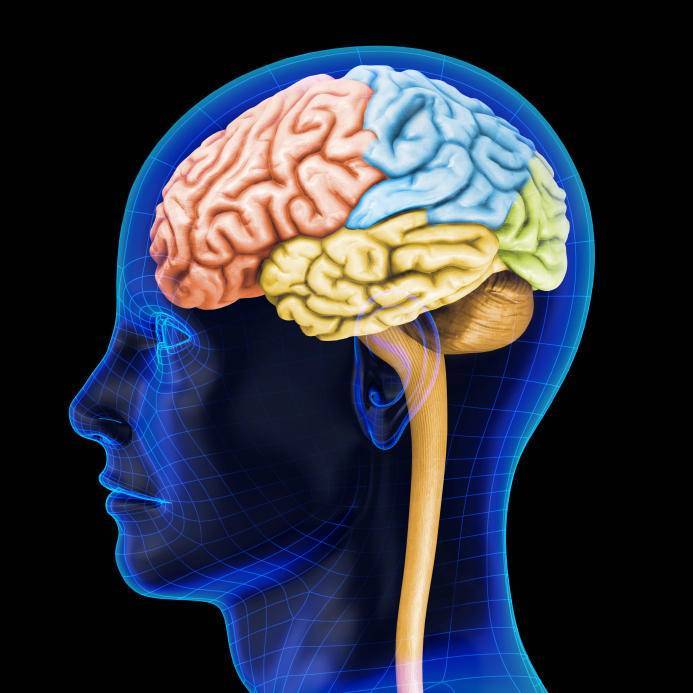Scientists believe that climate change will soon lead to an increase in cases of the “brain-eating” amoeba Naegleria fowleri, as reported by Live Science. This summer is projected to be one of the hottest since 2000. As the peak of summer arrives, it is likely that lakes and freshwater pools will be filled with people trying to cool off. However, with rising temperatures in these freshwater environments, the organisms living in them can change, posing harmful or even deadly threats to swimmers.
Naegleria fowleri is one of these threats, seemingly poised to infect more humans. It is a single-celled organism that thrives in warm temperatures, living in soil and freshwater, and preying on bacteria, like many other species of its kind. The amoeba can hide in lakes, rivers, hot springs, well water, tap water, and poorly maintained swimming pools, among other water sources.
What is terrifying about this tiny organism is that it can enter the brain through nerves located in the nose, subsequently destroying brain cells. This rare infection can lead to a fatal condition known as primary amoebic meningoencephalitis (PAM), which is why it is commonly referred to as the "brain-eating amoeba."
Naegleria fowleri infections, resulting in primary amoebic meningoencephalitis, are relatively rare, averaging between zero and eight laboratory-confirmed cases annually. Although all cases of primary amoebic meningoencephalitis stem from Naegleria fowleri infections, this deadly disorder can sometimes be misdiagnosed as another more common infection of the nervous system, such as bacterial meningitis or viral encephalitis. Such misdiagnosis can mean that some cases of primary amoebic meningoencephalitis might be overlooked.
Symptoms of PAM usually begin one to 12 days after a person is exposed to the amoeba, with patients dying within one to 18 days of symptom onset. Additionally, testing for Naegleria fowleri is a slow process, complicating diagnosis, and there are no specific drugs to kill the amoeba.
Historically, diagnosed cases of N. fowleri have been concentrated in warmer areas. In recent years, the amoeba has been discovered—and has even caused infections—in places with a temperate climate due to climate change and rising temperatures, signaling an unprecedented spread and the potential for more common cases.
Leigh Stall, a faculty member at the University of Alabama, recently published work identifying how environmental changes affect the growth of Naegleria fowleri populations. Stall found that Naegleria fowleri can withstand higher temperature changes that other waterborne microorganisms cannot. This resilience allows the amoeba to survive longer than its competitors, thus increasing its access to resources. Stall also noted that the amoeba can survive across a range of temperatures and acidity levels, growing in temperatures up to 46 degrees Celsius but known to reproduce at lower temperatures down to 26 degrees Celsius.
Rising temperatures are not the only factor that can drive the spread of Naegleria fowleri. More frequent and stronger storms due to climate change may cause local changes in water levels and increase the amount of organic matter that ends up in the water from runoff. This runoff can provide nutrients for organisms in the water, including the brain-eating amoeba Naegleria fowleri. Storms can also spread more of the deadly amoeba from land to water and alter levels of other aquatic microorganisms.
Charles Gerba, a professor of microbiology and public health at the University of Arizona, stated that "evidence supports the idea that PAM cases may be underreported due to a lack of experience among medical personnel regarding this extremely rare condition, as well as the fact that autopsies are not always performed on deceased patients." He called for a greater awareness among doctors regarding the symptoms and urged more public information about this brain-eating amoeba.




